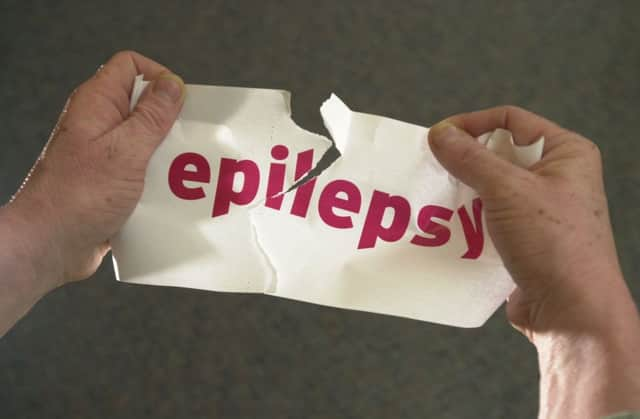Gerard Gahagan: Epilepsy care can be transformed


Current developments by the Scottish Government around healthcare in Scotland are aspirational and ambitious. There is recognition of the need to review the way services are delivered to make Scotland a world-leader in healthcare. The vision as set out in the healthcare quality strategy is for Scotland to be “consistently person-centred, effective and safe for every person, all the time”. This is achievable if we work collaboratively and put the needs of patients foremost.
This ambition has already been achieved with the building of the William Quarrier Scottish Epilepsy Centre (WQSEC), where the NHS, Scottish Government and third sector, as well as trusts, individuals and organisations worked together to make the Centre a reality.
Advertisement
Hide AdAdvertisement
Hide AdThe WQSEC in Glasgow has assessed and treated more than 100 patients with complex epilepsy since it opened its doors a year ago. This centre has had a patient-focused approach from start to finish, with the needs and thoughts of patients taken on board from the initial design of the building to the support they require while they are in-patients. Patient ambitions and expectations in design often outweighed our own aspirations.
This led to developments in our clinical environment and infrastructure which in turn have led to unique wireless diagnostic systems and inpatient environments which have transformed patient experience. Regular feedback ensures patients’ views are continually considered in the daily running and on-going development of the centre.
The level of care has delighted patients who have attended the new centre, with many noting life-transforming changes in their condition.
The WQSEC is recognised as a world-class facility by leading neurologists from across the UK and Europe and is one of the most advanced in the world for treating and assessing epilepsy.
The 12-bed centre is located in Govan, to be close to the Institute of Neurological Sciences based at the New Southern General Hospital campus. The majority of Scotland’s trainee neurologists will be offered placements at the centre, which will also offer training for family doctors, medical trainees, and nurses. The centre will also act as a hub for research into epilepsy and provide training for a number of universities.
We have to recognise the ambitions of the Scottish Government are still aspirational. Through our work at the WQSEC and in conjunction with Quarriers’ Epilepsy Fieldwork services we recognise significant issues still exist for many people with epilepsy. In particular, the level of care people receive for epilepsy can vary, depending on what service and support they have locally.
Although epilepsy is one of the most serious neurological conditions, affecting around 54,000 people in Scotland, the knowledge and training provided to doctors across Scotland needs to improve. People living with epilepsy are often seen as having an invisible disease and they often hide the fact they have the condition. Discrimination and stigma is still too often a result of living with the condition.
Quarriers aims to raise awareness of this hidden condition through collaborative working with the Scottish Government, NHS and the third sector to ensure that the level of care available is one of the best in the world.
Advertisement
Hide AdAdvertisement
Hide AdWhile epilepsy is almost always a life-long condition, offering the best diagnostic facilities, improved opportunities for best practice treatments including surgery, along with helping people to self-manage their epilepsy, will give them the best opportunity to make the most out of life.
To ensure we meet the collective ambitions of the healthcare quality strategy, Quarriers is working closely with our partners in Epilepsy Consortium Scotland and the Neurological Alliance Scotland and is supporting the work of the National Neurological Advisory Group which has identified epilepsy as a key area of development.
Quarriers’ aspiration is that over the next ten years the level of care and support for people with epilepsy will significantly improve, with collaborative working becoming commonplace in all levels of health and social care.
• Gerard Gahagan is head of Epilepsy Services at the William Quarrier Scottish Epilepsy Centre